
Food Design
Design meets fine cuisine: Future Food Now
Within this
context, we explore new techniques and directions for the creation
of edible objects (food) with innovative technologies and
processes. We will think new approaches focusing on the use of 3D
printer for the preparation of food in the kithcen and culinary
industry. The project will involve techniques and tastes, with
sensorial experiences. Different consistencies, flavours, mouth
feel, and texture of food will be analysed.
Project
Leader - Maddelena Casadei
Group Project
6 weeks
Company

Pre-Research
3D Printing Food Technology
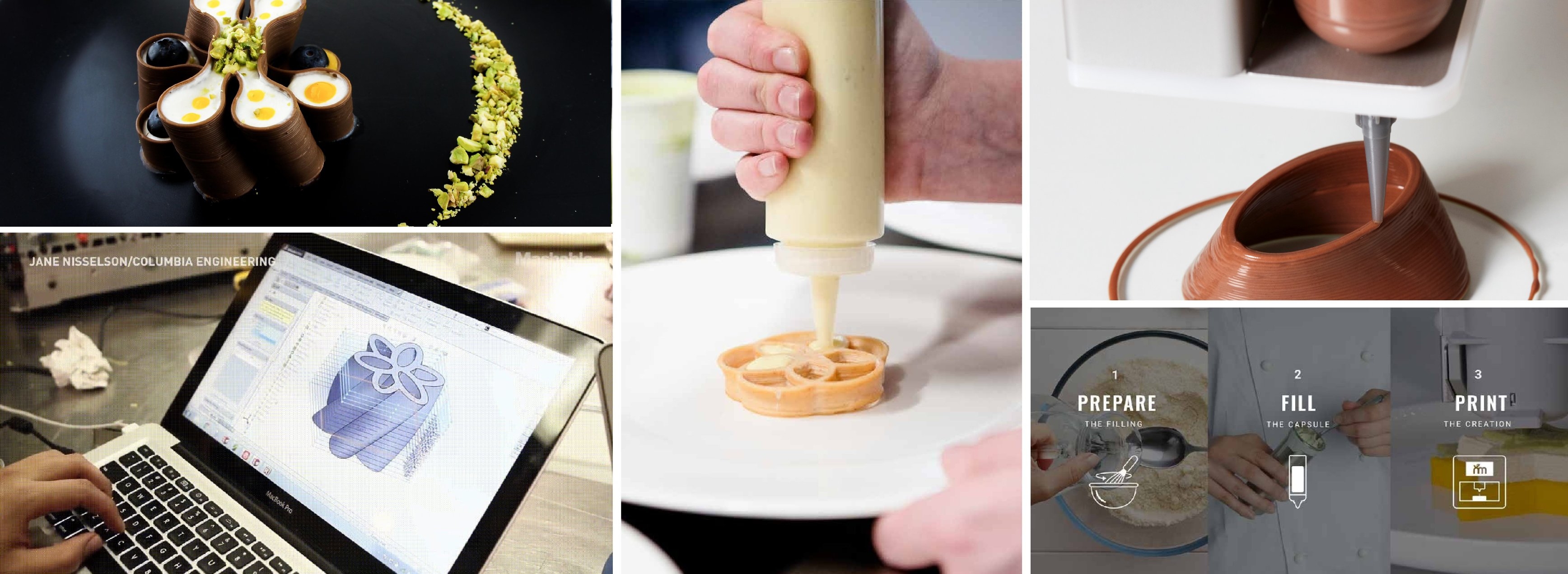
3D printing transforms food production by creating three-dimensional objects layer by layer using computer-aided design (CAD) software. This technology, applicable to food with specially formulated materials, offers benefits such as personalized nutrition and reduced food waste.
Research
Tastes

Our tongues are equipped with five primary taste sensations:
sweet, sour, salty, bitter, and umami. These tastes help us
discern the characteristics of foods and enhance our overall
dining experience.
Successfully balancing these
tastes is crucial to optimizing the overall flavor of a dish. A
well-prepared meal achieves harmony by blending these tastes
effectively. For instance, sweetness and sourness can balance
each other, saltiness can enhance other flavors, and bitterness
and umami can add depth. Balancing these tastes while cooking
helps create rich and satisfying flavor profiles.
Textures
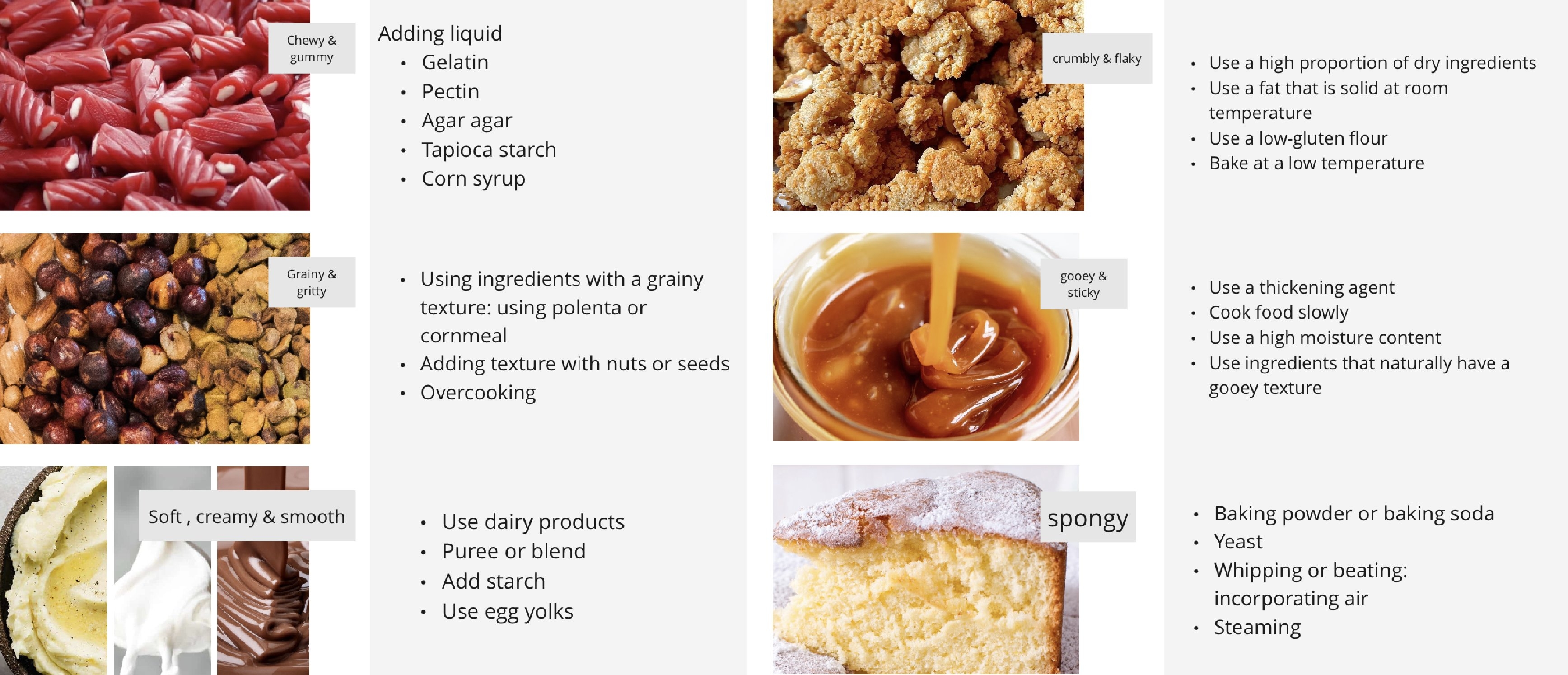
Cooking methods are important factors that determine the texture of foods. These various cooking techniques, exemplified above, when chosen depending on the properties of the ingredients, add different textural layers to foods and add depth of flavor. Therefore, choosing the right cooking methods is important to obtain dishes with the desired textural characteristics.
Future of Food

One of the topics that we cannot ignore when thinking about food
in the future is food democracy. “Food democracy” refers to a
concept that advocates inclusive and transparent decision-making
processes in the food system. It highlights the importance of
giving individuals and communities a voice in shaping policies,
practices and regulations regarding food production,
distribution and consumption. Food democracy aims to empower
consumers, farmers and other stakeholders to actively
participate in determining priorities and practices in the food
system, promoting equity, sustainability and social justice.
This concept aims to move away from centralized control and
encourage a more participatory and equitable approach to food
management.
Problem

Co2 emissions have been one of the issues that threaten the earth leaving an ongoing impact. Using industrial meat or not preferring locally cultivated products cause a drastic amount of increase in the carbon footprint.
Solution
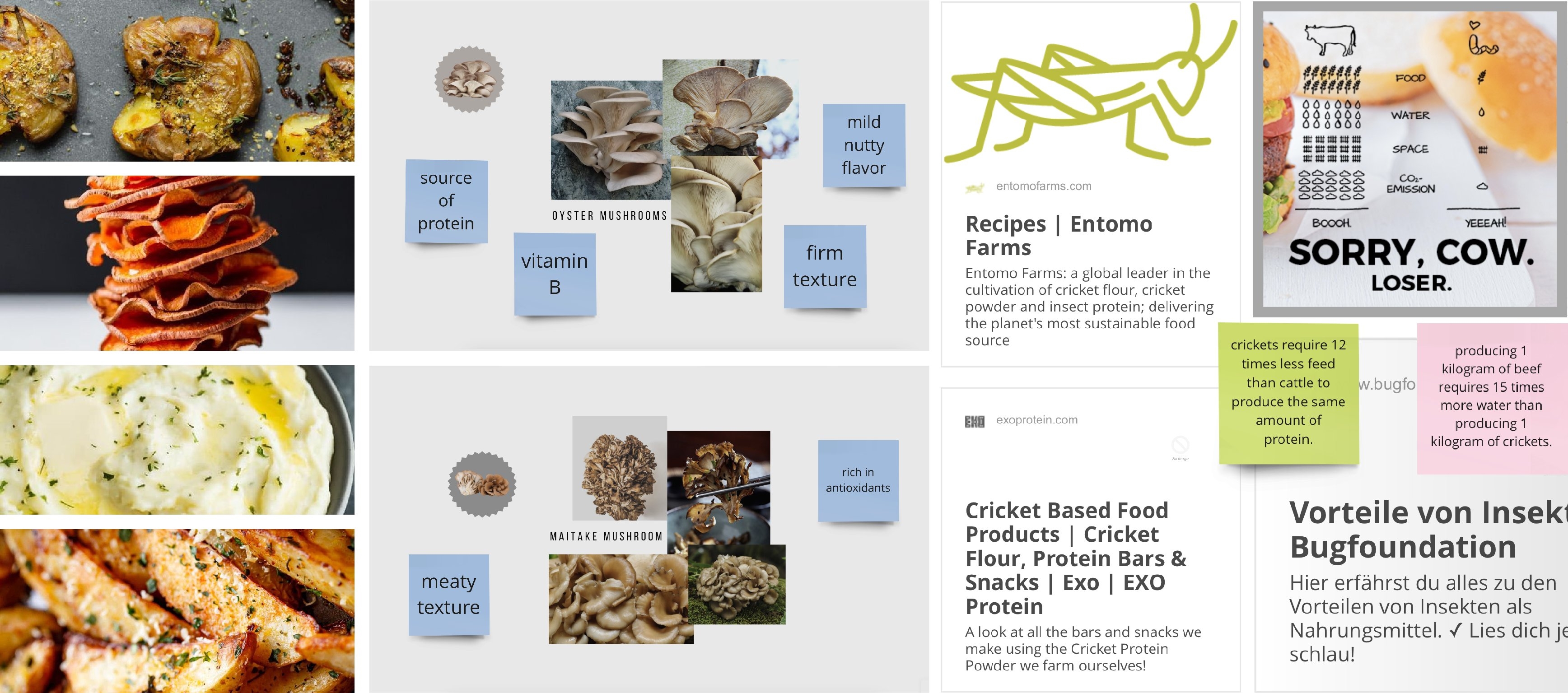
Adopting a sustainable approach and adapting it to our daily lives plays an important role in this solution. Protein needs can be met by choosing locally produced ingredients and using more sustainable methods instead of industrial meat. We can reduce food transportation by changing the taste of a food by adding different cooking techniques and tastes and making it resemble another food. In this way, we can support local agriculture and organic products.
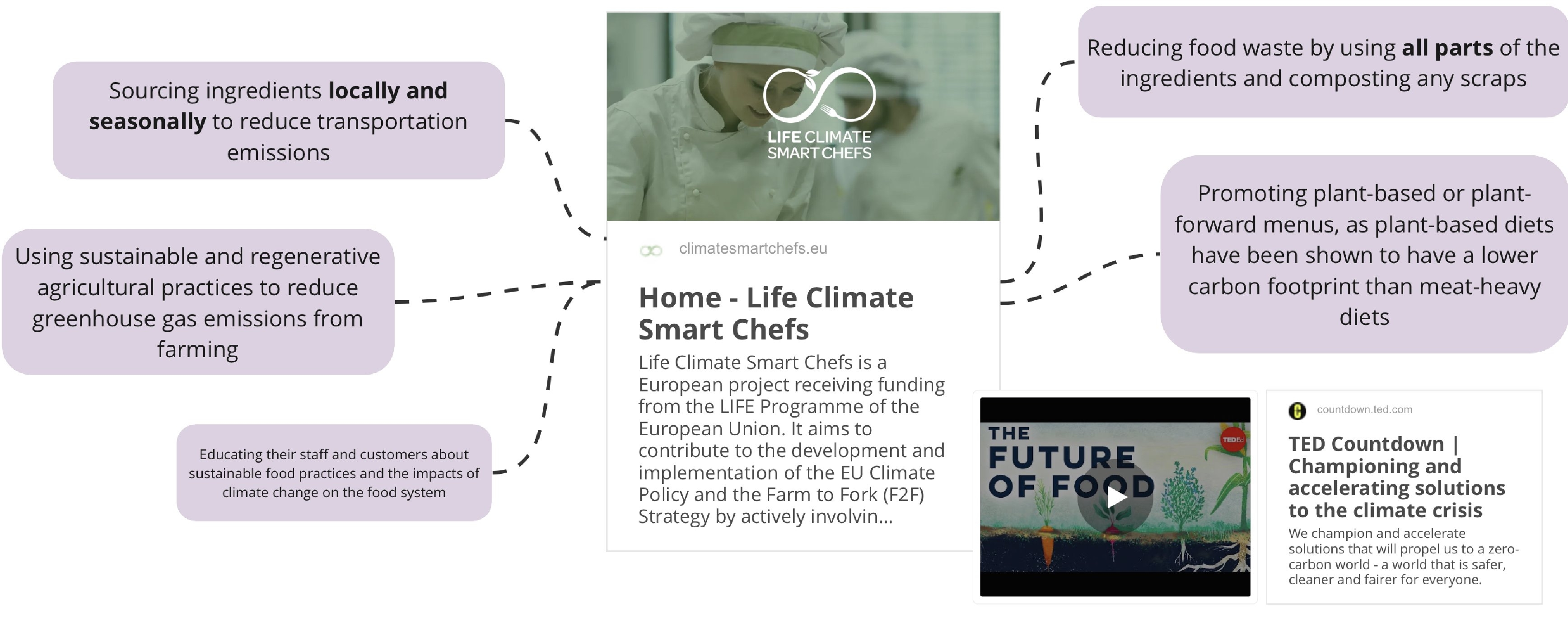
Short Cooking Course

Texture & Taste Analysis

Reciepes

Taste Experiments

Concept

In the further process of our concept, we realized our approaches aiming at sustainability were directly intended of looking after the earth and treating it right. At this point, we came up with the name Anaterra, which is a combination of the words mother and earth. So our focus became protecting and taking care of mother earth with sustainability while giving back what we have already received for centuries. As a final revision for the concept, we built a relationship between mother earth and our own mothers who both presents the feelings of protecting, taking care and creating a shelter.
Ideation


Design
Plate 1

In our first plate, we changed the texture of several types of mushrooms that grow in the same region by cooking them with different techniques. We balanced the tastes we used according to the researchs. We placed chewy mushrooms flavored with different spices, accompanied by greenery, into the object that we 3D printed from pureed mushroom material. Crispy mushroom pieces, which we also produced from a 3D printer, wrapped this delicious finger food like a mother.


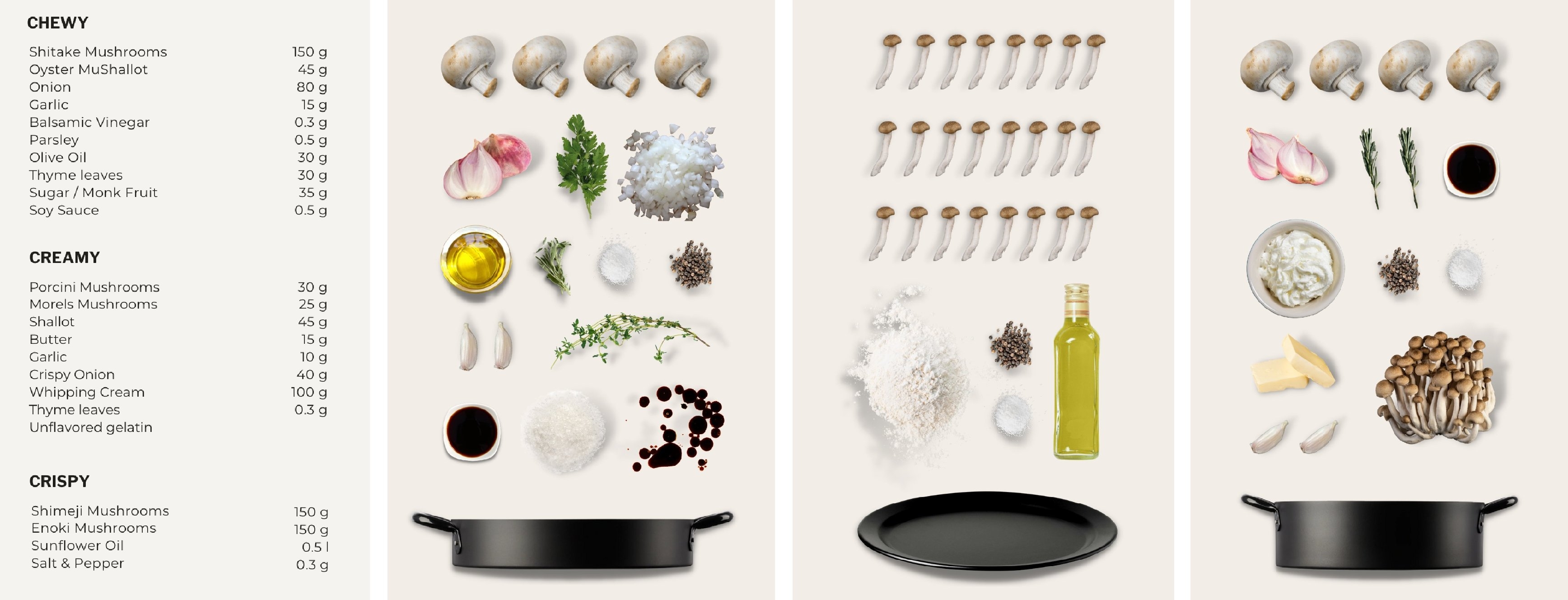

Plate 2

In our second plate, we utilized protein powders derived from insects, still widely consumed in certain cultures worldwide, to create the material for the printed object, employing more sustainable methods. Additionally, we incorporated a regional mezze, a yogurt-based dish known as cacik, which involves whipping and salting unsweetened yogurt, to complement tomatoes sweetened through various methods. The shape portrays the abstraction of hiding.




Prototype

Tools
